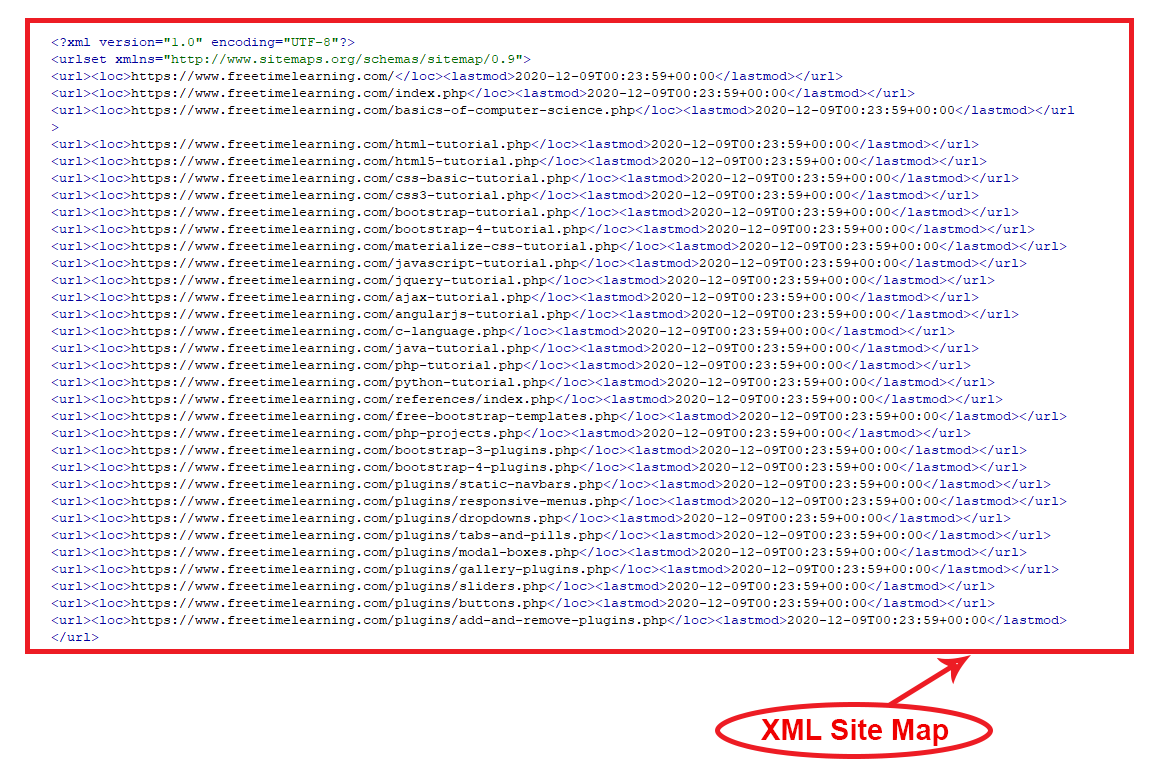
HTML and XML are two types of coding languages used in making pages. The primary difference between XML sitemaps and HTML sitemaps is who they’re intended for BUT they do share the same purpose. XML sitemaps are for search engine crawlers. HTML sitemaps are for human users. But the purpose of the two is the same – helping users/crawlers find important pages on our site.
Faster indexation : Search engine will find out about new pages much faster, therefore, the indexation process and displaying the website in search results will be faster as well. Sitemaps can help you with the deindexation too.
Better indexation of deep pages : Search engines can find out the pages that were not discovered while crawling the website. But it doesn’t necessarily mean that all of them will be indexed.
Monitoring of indexed pages : In combination with Google Search Console, it is possible to find out which URLs are covered in the sitemap that Google indexes.
a) Remember that sitemaps are a recommendation to Google about which pages you think are important; Google does not pledge to crawl every URL in a sitemap.
b) Google ignores <priority> and <changefreq> values.
c) Google uses the <lastmod> value if it's consistently and verifiably (for example by comparing to the last modification of the page) accurate.
d) Position of a URL in a sitemap is not important; Google does not crawl URLs in the order in which they appear in your sitemap.